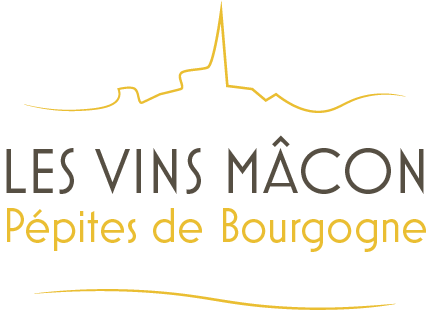Mâcon-Azé
The wines
White wines
A beautiful golden yellow color, Mâcon-Azé whites have an intense, flattering nose marked by orchard fruits like peach, apricot, and quince, combined with hints of white blossom like acacia. They are lively on the attack and that sensation lingers in the mouth thanks to an acidulated framework that brings quite a long finish. They are fairly representative of these lovely Mâconnais wines that are both charming, indulgent, and forthright.
Red wines
The reds, sometimes aged in oak, have an intense garnet color, reflecting a lovely concentration of berries, mainly in hotter years. The nose opens quickly with notes of blueberry and blackberry, and touches of jam. They are rounded in the mouth without any astringency.
COLORS
Production

mâcon-azé
An additional geographical denomination that is part of the Régionale Mâcon appellation in the Mâconnais.
According to the 2005 specifications rules, the name Mâcon-Azé refers to white, red, and rosé wines grown within a defined area in the village of Azé.
Situation
Along the valley of the Mouge, which for a while, shares the large valley of the Mâconnais running south-southwest/north-northeast, the vines of Azé spread out on either side of the slopes next to the Mâcon-Lugny appellation to the north and Mâcon-Igé to the south.
Like Solutré, Azé can legitimately claim to be an important site for geology and archaeology. Indeed, the caves of La Balme, which have been undergoing scientific exploration since 1920, are a special observation site for the Bourgogne sedimentary structure laid down during the Secondary era, 165 million years ago. The galleries contain traces of human occupation that are among the most ancient in the Bourgogne region, dating back to the Paleolithic, 300,000 years ago. Because this area was settled so early on and was well supplied with water – as the many mills and washing points serve to demonstrate – the area around Azé has long been highly prized, as demonstrated by the establishment of Roman and then aristocratic estates.
The cellars and the imposing presses of the Chateaux of Aine, Vaux-sur-Aine, and Montaigre serve as reminders of the landowning wealth of their former owners.
Terroir
First level
Clearly marked out between the lines of relief, the vines sit at between 250 and 440 meters above sea level, alongside the woods of Montagne de Rochebin (383 meters), Mont Pelé (411 meters), Normont (496 meters) and l’Atelier at 358 meters, to the east. The physical characteristics of the central Mâconnais, open to dominant north-south currents, results in mild temperatures and average rainfall of around 850mm annually.
Second level
Following the series of geological layers from the Middle and Upper Jurassic (between 150 and 170 million years ago) of the great Mâconnaise valley from west to east, the slopes alternate between limestone massifs and soft marl: Very pebbly, shallow, carbonate soil on the east-facing slopes (Les Platières), particularly good for growing Gamay; and clay-loam soils on a marl-limestone substrate on the other side of the slopes facing west (En Chatenay), and the midday sun, towards the hamlet of Conflans (the lieu-dit of Saint-Jean).

